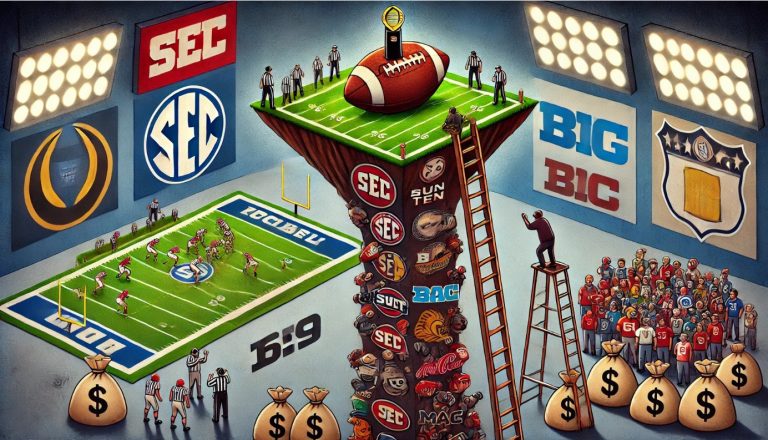
By Larry Billinger
Have you ever typed on your computer and, instead of letters, seen a parade of zany symbols like smiley faces, arrows, or pointing hands? If so, you’ve stumbled upon the quirky and iconic world of Wingdings.
What Exactly is Wingdings?
Wingdings isn’t your run-of-the-mill font. Far from the ABCs, we’re familiar with, it’s a trove of unique symbols. Think of it as a hidden treasure on your keyboard!
A Dance Through History
Before Wingdings graced our screens, there were “dingbat” fonts. Among the most notable was “Zapf Dingbats,” crafted by the genius typographer Hermann Zapf, in the 1970s. Such fonts set the stage for what was to come next.
Enter Wingdings in the early 1990s. Born from the collaborative minds behind the Lucida font family—Charles Bigelow and Kris Holmes—Wingdings emerged when Microsoft saw gold in Lucida’s symbolic characters. This collaboration gave birth to not one but three fonts: Wingdings, Wingdings 2, and Wingdings 3.
These fonts addressed a practical challenge of the computer age: graphics consumed a lot of resources. Wingdings provided an ingenious solution—presenting graphical elements as text, saving memory, and optimizing performance. It was a revolutionary tool for early word processors and desktop publishers.
Behind the Quirky Name
Ever wondered why it’s called “Wingdings”? The term “wing-ding” in the 1950s was slang for a lively party. And sure enough, using Wingdings does feel like a mini fiesta on your screen!
Spicy Controversies and Fun Facts
Wingdings wasn’t without its controversies. An innocent typing of “NYC” once transformed into a sequence of symbols that sparked debates and conspiracy theories. But fear not! It was all coincidental, and adjustments were made in later versions to sidestep such quirks.
Emojis, Unicode, and The Evolution of Symbolism
As technology sprinted ahead, Wingdings faced competition. The advent of Unicode, a system allowing for an expansive array of characters and symbols, coupled with the rise of expressive emojis, meant Wingdings was no longer the sole star of the show. Yet, it retained its iconic status, reminiscent of a time when adding flair to a document meant selecting a symbol from this special font.
The Legacy Lives On
Despite being overshadowed by newer technologies, Wingdings has etched its mark in computer history. It’s a testament to human creativity and how a simple concept—transforming fonts—can captivate generations.
For those who remember the early days of digital art and word processing, Wingdings is nostalgic. For newcomers, it’s a fascinating chapter in the annals of digital typography. So, the next time you explore your computer, give Wingdings a whirl. Dive into its rich tapestry of symbols and appreciate its place in tech history!


